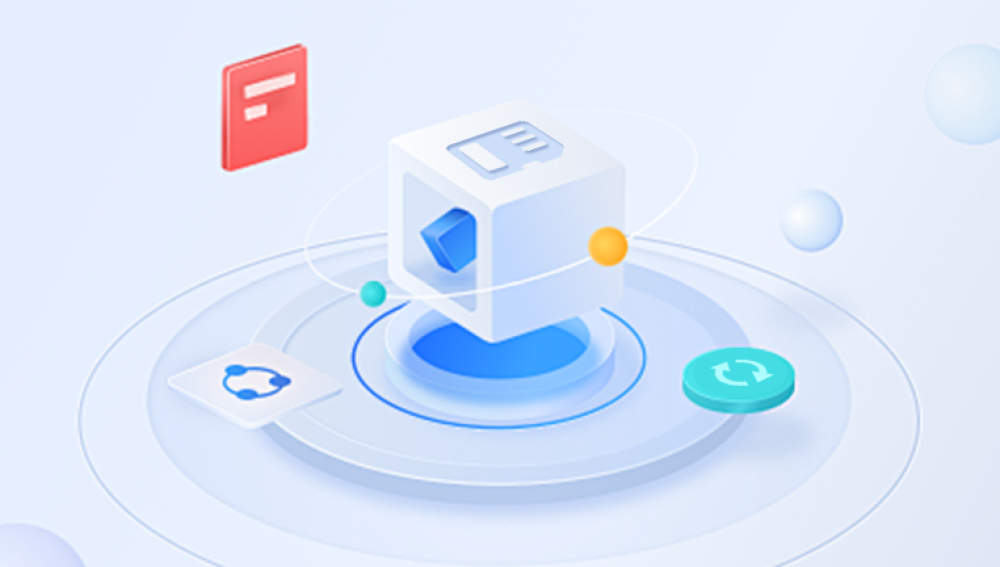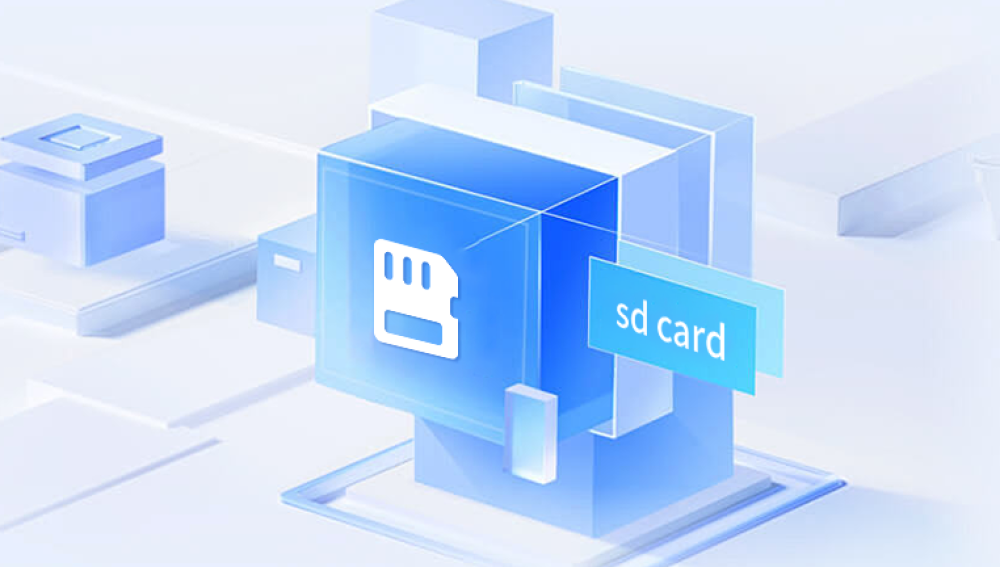Despite their compact size, these memory cards often contain large volumes of valuable data, from cherished family photos and business documents to high-definition videos. However, like any storage medium, microSD cards are vulnerable to data loss caused by accidental deletion, corruption, physical damage, formatting errors, or file system issues.
Chapter 1: Common Causes of Data Loss on MicroSD Cards
Understanding what causes data loss helps users take preventive measures and identify the appropriate recovery solution:
Accidental Deletion: Users mistakenly delete files or format the card.
File System Corruption: Improper removal or malware can corrupt the file structure.
Physical Damage: Bending, water exposure, or heat can render the card unreadable.

Logical Errors: Bad sectors or indexing errors prevent access to stored data.
Unsupported File Formats: Switching between incompatible devices can trigger errors.
Recognizing the cause of data loss is crucial for choosing between DIY and professional recovery solutions.
Chapter 2: Types of MicroSD Cards and Their Vulnerabilities
MicroSD cards come in various formats, including:
microSD (up to 2GB)
microSDHC (4GB–32GB)
microSDXC (64GB–2TB)
microSDUC (2TB–128TB, limited devices support)
Each type uses different file systems (FAT32. exFAT, or NTFS), affecting how data is stored and retrieved. Cards used in cameras and drones are more prone to data loss due to high write cycles and environmental exposure.
Chapter 3: Initial Steps After Data Loss
Acting promptly increases the chance of successful recovery:
Stop Using the Card: Prevents overwriting lost data.
Remove Safely: Use proper ejection to avoid further corruption.
Use a Reliable Card Reader: Ensures accurate scanning.
Avoid Formatting: Even if prompted by the device.
If the card becomes unreadable or shows errors like “Please insert disk” or “Drive not accessible,” refrain from further use and prepare for recovery.
Chapter 4: DIY Software Solutions for MicroSD Card Recovery
Drecov Data Recovery
Drecov Data Recovery is a comprehensive software tool designed to help individuals and businesses recover data from various types of storage media. It specializes in restoring files that have been accidentally deleted, lost due to formatting, corrupted during system crashes, or damaged by virus attacks. The software supports recovery from hard drives, USB flash drives, memory cards, microSD cards, and more.
The primary goal of Drecov Data Recovery is to make data recovery accessible to users of all skill levels. Whether you are a tech-savvy professional or a casual user, Panda’s intuitive interface and step-by-step recovery process ensure you can retrieve your lost files without needing expert help.
Key Features
Wide Range of Supported File Types
Drecov Data Recovery supports the recovery of diverse file types including documents (Word, Excel, PDF), images (JPEG, PNG, RAW), videos (MP4. AVI), audio files (MP3. WAV), emails, archives, and more. This versatility means it can handle most recovery scenarios, regardless of the file format.
Compatibility with Various Storage Devices
The software is compatible with many storage devices such as internal and external hard drives, SSDs, USB drives, memory cards (including microSD and SD cards), and even digital cameras. This broad compatibility allows users to recover data from multiple sources using a single tool.
User-Friendly Interface
Drecov Data Recovery is designed with simplicity in mind. The clean, organized layout guides users through the scanning and recovery process, reducing confusion and minimizing the chances of user error.
Advanced Scanning Options
The software offers both quick scans for recently deleted files and deep scans for more complicated recovery cases. Deep scans thoroughly analyze the storage device, increasing the likelihood of recovering files that are harder to retrieve.
Preview Before Recovery
One of the standout features is the ability to preview recoverable files before restoring them. This helps users identify exactly which files they want to recover, saving time and storage space.
Why Choose Drecov Data Recovery?
Cost-Effective Solution: Compared to professional data recovery services, which can be expensive and time-consuming, Drecov Data Recovery offers an affordable way to handle data loss independently.
No Technical Expertise Required: With guided workflows and simple instructions, even users with minimal computer skills can recover lost data.
Safe and Secure: The software performs read-only operations on the affected storage device, ensuring that no further damage or data loss occurs during the recovery process.
Regular Updates and Support: Drecov Data Recovery is regularly updated to support the latest file formats and devices. Additionally, customer support is available to assist users facing challenges.
Common Use Cases
Accidental Deletion: Recover files mistakenly deleted from your computer or storage device.
Formatted Drives: Restore data from drives or memory cards that were accidentally formatted.
Corrupted Storage: Retrieve files from drives damaged by virus infections, system crashes, or file system corruption.
Device Failure: Attempt recovery from failing or malfunctioning drives before resorting to professional services.
Chapter 5: Professional MicroSD Card Recovery Services
If software fails, especially in cases of physical damage or severe corruption, professional recovery labs are your best option. These services use specialized tools and cleanroom environments to:
Reconstruct corrupted data
Perform chip-off recovery
Replace damaged components
Top Recovery Labs:
Secure Data Recovery
DriveSavers
Gillware
Ontrack
SalvageData
When to Use Professional Help:
Card not detected at all
Clicking or burning smell
Deep formatting or encryption
These experts provide diagnostic evaluations and a “no data, no fee” policy in most cases.
Chapter 6: Real Recovery Scenarios
Accidental Deletion on Phone-Used microSD Card
Recovered using Drecov Data Recovery
Time: 45 minutes, Cost: $89 (licensed software)
Formatted Card from Drone Footage
Recovered by Disk Drill Pro
Success: 90% data restored, Cost: $120
Physically Damaged Card from GoPro
Sent to Secure Data Recovery
Time: 5 days, Cost: $950
Unreadable Card from Nintendo Switch
Logical corruption fixed via EaseUS
Cost: $69. Success: Full recovery
Chapter 7: Tips to Improve Recovery Success
Act Quickly: Time-sensitive recovery is more successful
Don’t Reformat: This can complicate or prevent recovery
Avoid Writing New Data: Overwrites deleted files
Use Reputable Tools: Stick to trusted software and services
Keep Backup Habits: Reduces dependency on recovery
Chapter 8: How to Prevent Future Data Loss
Preventing data loss is more efficient and cost-effective than recovery:
Regular Backups: Use cloud storage or external drives
Use Quality Cards: Invest in high-endurance cards from brands like SanDisk, Samsung, Lexar
Avoid Full Capacity: Leave some free space to reduce corruption
Proper Ejection: Always eject safely from devices
Protect from Elements: Use waterproof and shockproof cases
MicroSD card data loss is a common yet often avoidable problem. By understanding the causes and types of damage, users can take informed steps toward recovery. Whether using trusted recovery software for logical errors or turning to professional labs for severe physical damage, successful microSD data recovery depends on timely action and the right tools. With proper handling, preventive care, and backups, you can minimize the risk of data loss and avoid the stress and cost of recovery. When disaster strikes, knowing your options ensures your precious data isn’t lost forever.




